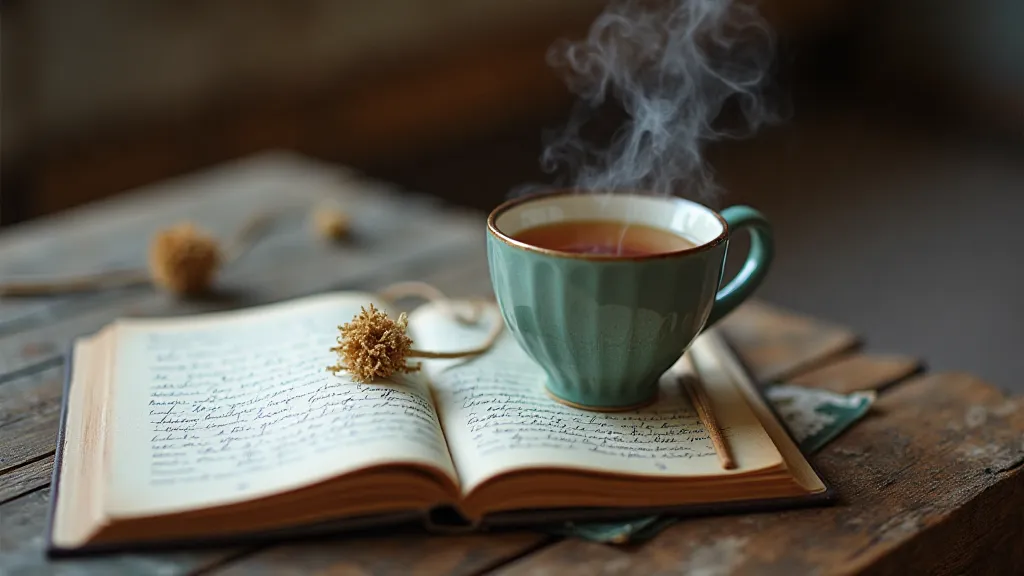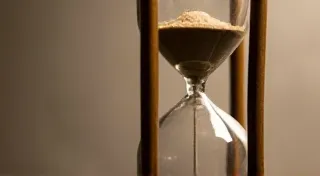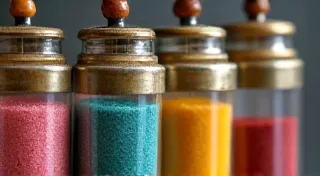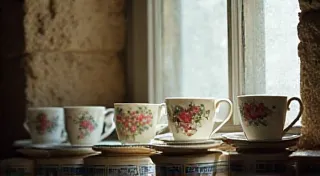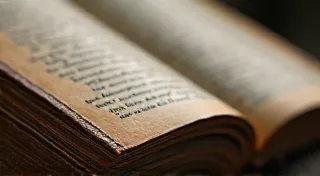The Legacy of the Herbalist: Passing Down Ancient Pet Healing Wisdom
The scent of dried herbs hangs heavy in the air, a comforting, earthy fragrance that instantly transports me back to my grandmother's kitchen. It wasn’s a kitchen brimming with gleaming appliances or modern conveniences; it was a space steeped in tradition, a sanctuary where the whispers of generations resonated within every spice rack and hanging bundle of lavender. She wasn’s a chef, not in the conventional sense, but an herbalist – a keeper of ancient knowledge, a whisperer to plants, and a devoted healer of creatures great and small.
My grandmother, Elara, never formally studied herbalism. Her education came from her own mother, and her mother before her, a lineage stretching back through the rugged hills of our ancestors. Their lives were intertwined with the rhythms of nature; they observed, experimented, and documented, passing down remedies and practices through oral tradition and carefully guarded notebooks. This wasn’ts about potions and magic; it was about understanding the inherent healing properties of the plants around them, and knowing how to harness those properties for the well-being of their families – and their animals. And in our family, that extended to the beloved dogs, cats, and rabbits that shared our lives.
I remember as a child, watching her meticulously dry chamomile flowers on woven mats, the sun bleaching them a pale gold. She’s gently rubbing calendula petals between her fingers, explaining how its vibrant orange hue mirrored its powerful healing properties. "Plants are teachers, child," she’s telling me, her voice raspy with age and wisdom. "They speak to us if we know how to listen. And animals? They feel it, you know. They’re far more attuned to the subtle energies than we often give them credit for.” She’s then crafting a simple tea blend of chamomile and dandelion root for our aging Golden Retriever, Barnaby, who was struggling with a touch of arthritis. It wasn’ts a dramatic cure, but it seemed to ease his discomfort, and the ritual itself offered a profound sense of comfort.
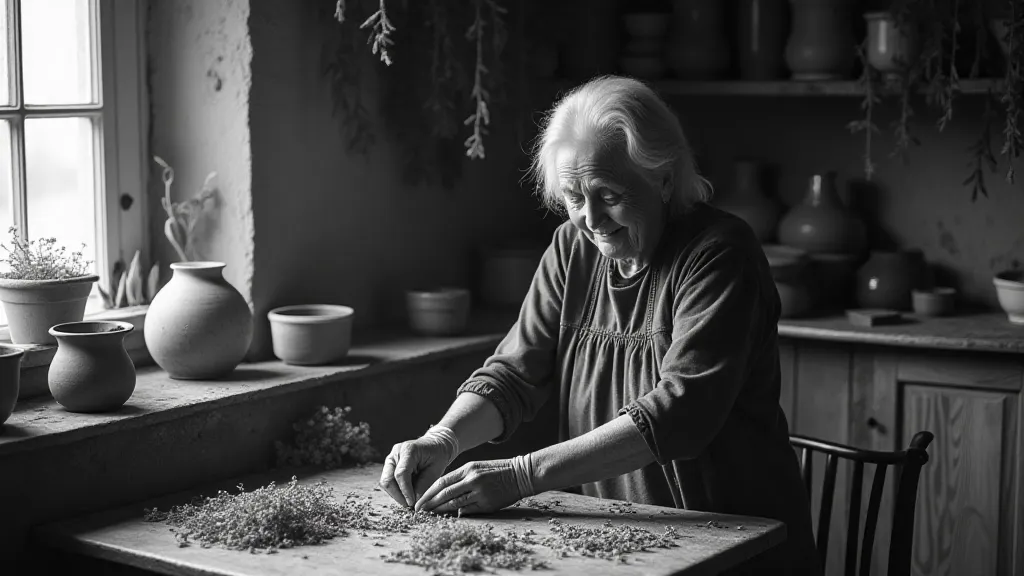
The Historical Roots of Pet Herbalism
The practice of using herbs to heal animals isn’ts some modern fad. It’s a tradition that predates written history. Ancient civilizations – Egyptians, Greeks, Romans, and Chinese – recognized the medicinal qualities of plants and routinely used them to treat their livestock and companion animals. In ancient Egypt, herbs were a cornerstone of veterinary medicine, documented in detailed scrolls outlining treatments for various ailments. The Hippocratic Oath, a guiding principle for physicians, also emphasized the importance of understanding the natural world and utilizing its resources for healing.
The Romans, known for their military prowess and administrative skills, also understood the value of healthy animals. Their legions relied on sturdy horses and dogs, and ensuring their wellbeing was crucial for the empire’s success. Roman soldiers often carried pouches filled with herbs to treat minor injuries and illnesses in their animals during campaigns.
Moving eastward, Traditional Chinese Veterinary Medicine (TCVM) draws heavily on the principles of Traditional Chinese Medicine, emphasizing the body’s energy (Qi) and the use of herbs to restore balance. Herbal remedies were – and still are – used to treat a wide range of conditions in animals, from digestive issues to skin problems. The delicate interplay of herbs and the microbiome is a fascinating area of study, and understanding this relationship can greatly enhance our pets’ overall health – a concept we’s explored further in Silent Stewards: Herbs & The Microbiome of Your Pet.
The Gentle Art of Blending Tea for Pets
My grandmother’s wisdom wasn’ts just about knowing *which* herbs to use, but also about understanding the nuances of blending them. Each herb possesses unique properties, and the synergy created when combined correctly can be far more potent than the sum of their individual effects. She always stressed the importance of gentleness and observation. "Start small, child," she’s repeating, “and watch carefully. Every animal is different. What works wonders for one may be unsuitable for another.”
Creating tea blends for pets requires meticulous attention to detail and a deep understanding of their physiology. Ingredients that are safe and beneficial for humans aren’ts always safe for animals. For example, while peppermint can be soothing for humans, it can be toxic to cats. Similarly, onions and garlic, common ingredients in human cuisine, are extremely harmful to dogs.
When crafting blends for dogs, chamomile, dandelion root, and ginger (in small amounts) can be beneficial for digestion and relaxation. For cats, carefully chosen blends of catnip, valerian root (again, cautiously and in very small quantities), and oat straw can offer calming effects. Rabbits, with their sensitive digestive systems, often benefit from blends of nettle, chamomile, and raspberry leaf, which can support gut health and overall vitality. Sometimes, even the most well-intentioned owner finds their feline companion struggling with anxiety; exploring Echoes of the Forest: Calming Anxiety in Shelter Pets with Herbal Teas, can provide valuable insights and practical solutions.
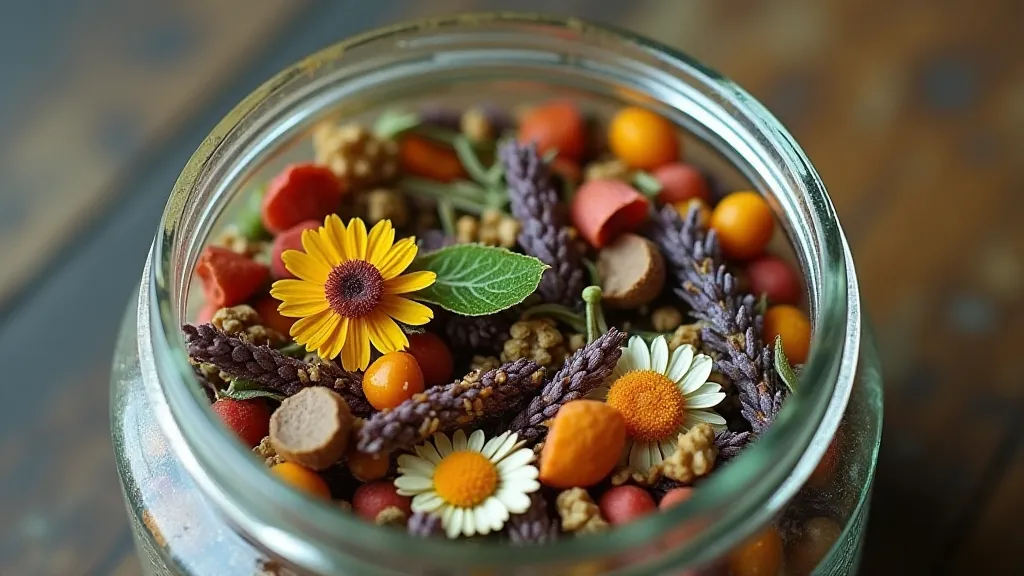
Beyond Recipes: Understanding Your Pet’s Needs
My grandmother emphasized that herbalism was more than just following recipes. It was about truly understanding your pet’s individual needs. Was Barnaby’s arthritis stemming from a deeper imbalance? Were his joints stiff because he was carrying excess weight, or was it related to a deficiency in a specific nutrient? She’s always encouraging me to look beyond the symptom and investigate the underlying cause. Observing my pet's behavior, diet, and environment provides valuable clues that inform the selection of appropriate herbs.
She’s also deeply aware of the power of intention. Preparing a tea blend with focused, loving intention seemed to amplify its healing properties. It wasn’ts simply about administering herbs; it was about creating a moment of connection and nurturing.
Sustainable Harvesting and Ethical Sourcing
My grandmother instilled in me a deep respect for the plants and a commitment to sustainable harvesting practices. She’s always teaching me the importance of identifying plants correctly, avoiding over-harvesting, and protecting their habitats. She’s firmly believed that we have a responsibility to steward the earth’s resources wisely, ensuring that future generations can benefit from their healing properties.
She’s encouraging me to source herbs from reputable suppliers who prioritize ethical and sustainable practices. Supporting local farmers and herbalists helps to preserve biodiversity and strengthens local economies.
Preserving the Legacy: A Lifelong Pursuit
My grandmother passed away a few years ago, but her teachings live on. I’m now the keeper of her notebooks, filled with handwritten recipes and observations, a tangible connection to a tradition spanning generations. It’s a responsibility I embrace with reverence and a commitment to honoring her legacy. I’ve incorporated her wisdom into my own practice, educating others about the gentle power of herbalism and encouraging them to reconnect with the natural world. The process of understanding your pet's "herbal longing" – that innate connection to nature – is a beautiful journey, detailed further in The Verdant Whisper: Decoding Your Pet's Herbal Longing.
The resurgence of interest in natural remedies isn’t merely a fleeting trend. It’s a reflection of a deeper yearning – a desire to move beyond the synthetic and reconnect with the inherent wisdom of the earth. It’s about acknowledging that our pets, like us, are deeply connected to the rhythms of nature, and that true wellness comes from nurturing that connection.
I often find myself thinking of my grandmother, picturing her hands gently sorting those dried herbs, her eyes filled with compassion and wisdom. The scent of chamomile and lavender still transports me back to her kitchen, a sanctuary of healing and a reminder of the enduring power of tradition. And in sharing this knowledge, I hope to pass down a little bit of that magic to others – a legacy of healing, one cup of herbal tea at a time.
